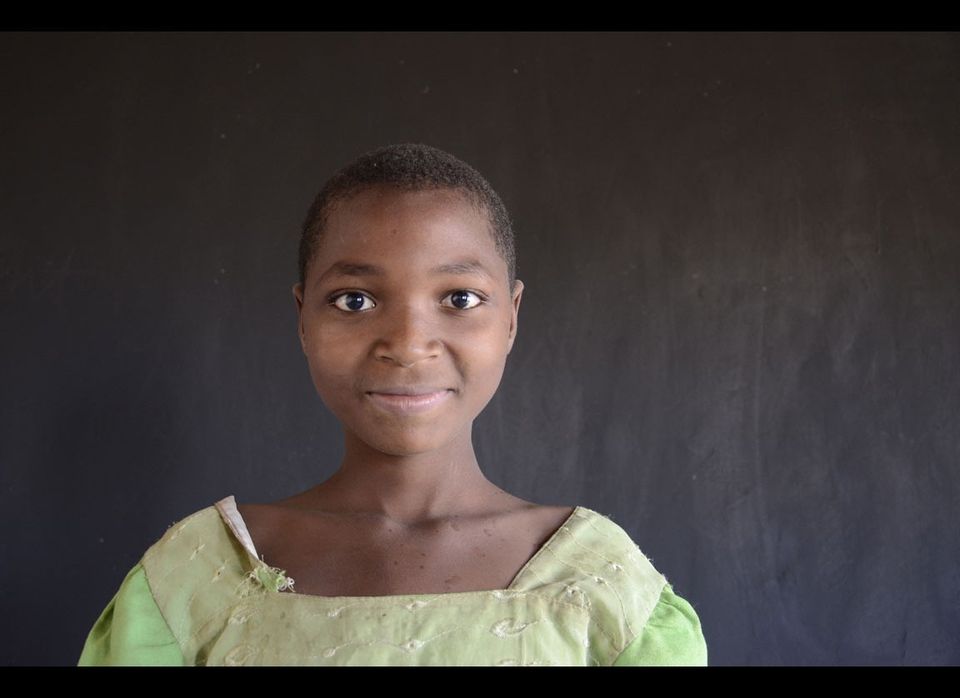(Kaputa, Zambia) -- Funding from the U.S. Department of State's Bureau of Population, Refugees and Migration enabled Jesuit Refugee Service to build 14 schools in the Democratic Republic of Congo, thus furthering the education of up to five thousand students.
The Katanga Province of the Democratic Republic of the Congo is larger in area than the state of California. The southeast portion of Katanga borders Zambia, and it is along this border area -- north of Mansa, south of Lake Tanganyka -- that Jesuit Refugee Service built these schools.
"Most of the beneficiaries of the schools were refugees in Zambia," said project director Fr. Cyprien Kmengwa. The Congolese had fled into Zambia to escape heavy fighting that raged throughout much of the late 1990s and early 2000s.
"The refugees began to return to Katanga in 2008, it was a voluntary repatriation that lasted until 2010. Nearly 40,000 have returned, with about 30,000 returning to this area," said Fr. Cyprien.
JRS constructed schools in 14 different communities, with one school rising in each community. Each school consists of six to 10 classrooms, on the size of the community.
"With 300 to 400 students in each school, that's about 4,000 to 5,000 children getting an education now," Fr. Cyprien said.
"We targeted these communities for schools based on the number of returnees," said Fr. Cyprien. "We wanted to encourage people to return to the areas they were originally from, to avoid overcrowding in areas that may have been more attractive due to existing infrastructure. We wanted to improve infrastructure in these more isolated areas, especially the schools. Also, we heard from the local church that these locations needed schools," said Fr. Cyprien.
"I think it's a good benefit for the communities to run the schools, especially as the children will be able to go to school in their own community, they won't have to move to another village. That is both costly for the family and it is insecure for the children to be away from their parents. When you have a school in your community, the children will have access for a long time, and they can remain and take part in their own community," said Fr. Cyprien.
"The program has been very successful. In all the locations we have been able to bring new schools. The buildings are strong and will be there for at least the next 20 years," he said.
"Please give thanks to the people who have generously donated the money for this, the American people. What we have done we have done it with their help, and God bless them for their generosity," Fr. Cyprien said.
Jesuit Refugee Service/USA is an international Catholic non-governmental organization whose mission is to accompany, serve and defend the rights of refugees and other forcibly displaced persons. JRS works in more than 50 countries worldwide to meet the educational, health, social and other needs of refugees and other forcibly displaced persons. JRS services are made available to refugees and displaced persons regardless of their race, ethnic origin, or religious beliefs. JRS provides primary and secondary education to approximately 170,000 children, and undertakes advocacy to ensure that all displaced children are provided with a quality education. Jesuit Refugee Service/USA is a registered 501(c)(3) non-profit organization. Donations are tax-deductible to the fullest extent allowed by law.
To see more great photography visit HuffPost Exposure.

